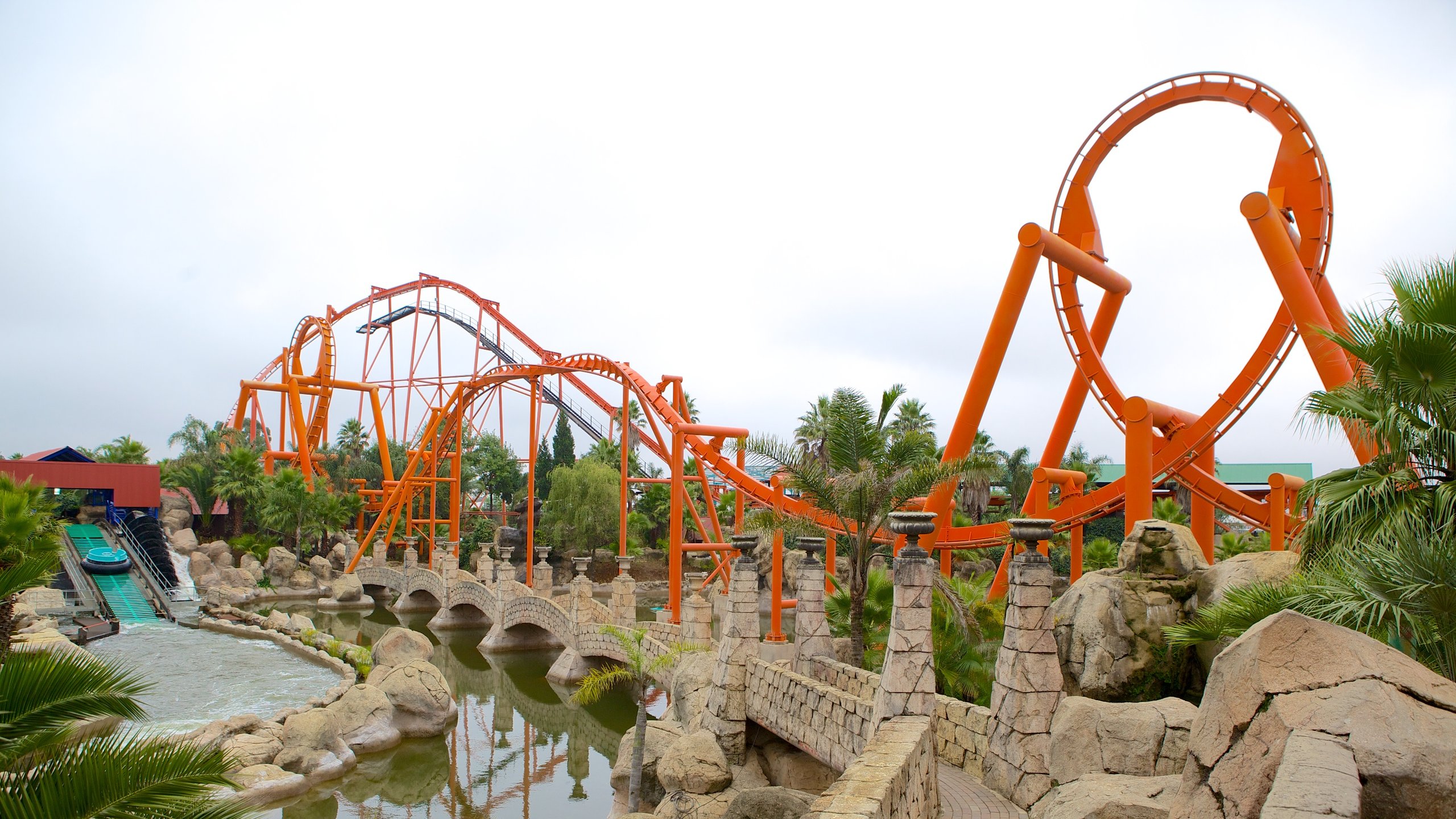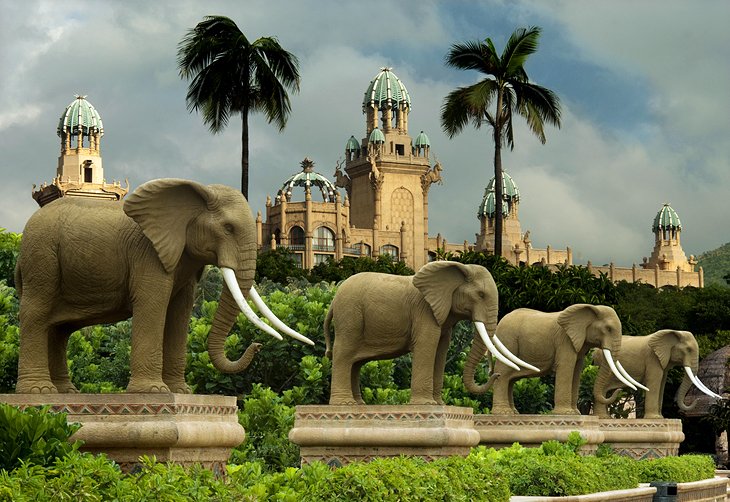All About Johannesburg North Attractions
All About Johannesburg North Attractions
Blog Article
Getting My Johannesburg North Attractions To Work
Table of ContentsJohannesburg North Attractions - Questions6 Simple Techniques For Johannesburg North AttractionsRumored Buzz on Johannesburg North AttractionsThe Best Guide To Johannesburg North AttractionsIndicators on Johannesburg North Attractions You Need To KnowWhat Does Johannesburg North Attractions Do?The 20-Second Trick For Johannesburg North Attractions
However you need to keep protection in mind and tourists must remain alert in any way times when in unknown surroundings. Speak with the citizens when you are in town to discover the location you are remaining in. Johannesburg North attractions. When on the street (this does not relate to purchasing malls and other protected atmospheres) ideal basic suggestions is to attempt your ideal to appear like a neighborhood and to avoid presenting any type of type of wide range
Excitement About Johannesburg North Attractions
Teacher Revil Mason O. J. (Thomson, 1946) explored the Witwatersrand's pre-colonial history. His historical job exploded the 'em pty land' misconception, according to which the region was lacking human habitation before the arrival of European settlers. In his magazines Prehistory of the Transvaal: A Document of Human Activity (1962) and Origins of Black People of Johannesburg and the Southern Western Central Transvaal Advertisement 3501880 (1986 ), Teacher Mason demonstrated the extent of social and economic growth in the location before Europeans set foot here.

See This Report about Johannesburg North Attractions
He acted with the federal government's authorization, approved after he had actually sworn to keep his explorations key. In 1874, small mining operations were begun in the Magaliesberg, where an Australian, Henry Lewis, had discovered gold deposits. In 1878, David Wardrop found gold in quartz capillaries at Zwartkop, north of Krugersdorp. In 1881, Stephanus Minnaar discovered gold on the farm Kromdraai, near the Cradle of Mankind.
In March 1886, an outcropping (quickly to be called the Main Coral reef) was discovered, quite fortuitously, on Gerhardus Oosthuizen's farm Langlaagte. Some state that the Lancastrian coal miner George Walker discovered this reef. One more itinerant English prospector, George Harrison (who had previously operated in Australian mines) obtained a prospecting licence in respect of Langlaagte in May 1886.
He decided to move on in a pursuit for greener fields, and disposed of his Langlaagte case for the princely sum of 10. Alas: underneath lay the wealthiest goldfield ever before located. The exploration of this rich auriferous reef prompted a gold rush that signified the end of bucolic serenity in the southerly Transvaal.
It would, within six years, become the biggest town in southern Africa. Within a decade, it would certainly make the Z. A. R. up until then an anarchical and insolvent little state the most affluent country in Africa. By the turn of the century, the Z. A. R. was to go beyond Russia, Australia and the United States of America to become the world's leading anonymous gold producer, generating even more than a quarter of the world's gold.
Some Ideas on Johannesburg North Attractions You Need To Know
It was referred to as Ferreira's Camp, named after Colonel Ignatius Ferreira. He was a Boer traveler upon whom the British authorities had actually presented the standing of Companion of one of the most Identified Order of St Michael and St George (entitling him to the post-nominal letters C. M. G.) in appreciation for his role in the war that had actually deposed the Pedi king Sekhukhune in 1879.
Soon the camp was including outdoors tents and wagons as novices got here daily from everywhere. By September 1886, some 400 people resided in Ferreira's Camp, which quickly boasted erected iron and wood structures. 2 other camps were developed: Meyer's Camp on the farm Doornfontein, and Paarl Camp. The latter was nicknamed Afrikander Camp; lots of people from the Cape Colony cleared up there.

The smart Trick of Johannesburg North Attractions That Nobody is Talking About
This name gained currency by word of mouth, such that the State Secretary verified the name to the Mining Commissioner on 9 October 1886. Stands in the town were auctioned on 8 December 1886. While some stands were cost 10, others were knocked down for as low as sixpence.
2 years later, these erven were to change hands for as high as 750 each. The tented camps dwindled as a dorp of corrugated iron structures created and broadened north of the mines situated along the Key Coral Reef Road. Locations such as Jeppe's Town (where working-class immigrants erected their homes) and Doornfontein (where the upscale brand-new 'Randlords' started to construct their luxurious homes) were quickly contributed to the ever-expanding map of the town.
Johannesburg North Attractions - An Overview
Aside from the road names, there were no indications of Johannesburg being positioned in a Dutch-speaking nation. Lots of years later on, C. W. Kearns O. J. (one of visit their website the very first kids enlisted at St John's College in 1898) would recall: 'An odd truth about Johannesburg was that, although it remained in the [Boer Republic], nearly every person talked English and even the Government servants resolved one in English, unless they were initial attended to in the Taal (or Reduced Dutch)'.
Because of this, Britain had a passion in making sure optimal problems for gold manufacturing on the Witwatersrand, and that the gold was exported to London as opposed he has a good point to Berlin a crucial rendered even more clamant by the Z. A. R - Johannesburg North attractions.'s boosting toenadering with Germany. Mine proprietors were on a collision course with President Kruger, whose plan of monopolistic concessions (typically granted to his cronies) avoided mining companies from procuring supplies of materials (particularly dynamite) and work on their own, less expensive terms
The 6-Minute Rule for Johannesburg North Attractions
In 1890, the Volksraad had restricted the franchise to white men that had stayed in the Z. A. R. for fourteen years or longer, thus invalidating the majority of the immigrants (that occurred to be the major factors to the fiscus). Nonetheless, frustration for the ballot was a mere pretext for promoting a different agenda; many uitlanders concerned themselves as temporary visitors and had no intention of remaining in the Z.
Report this page